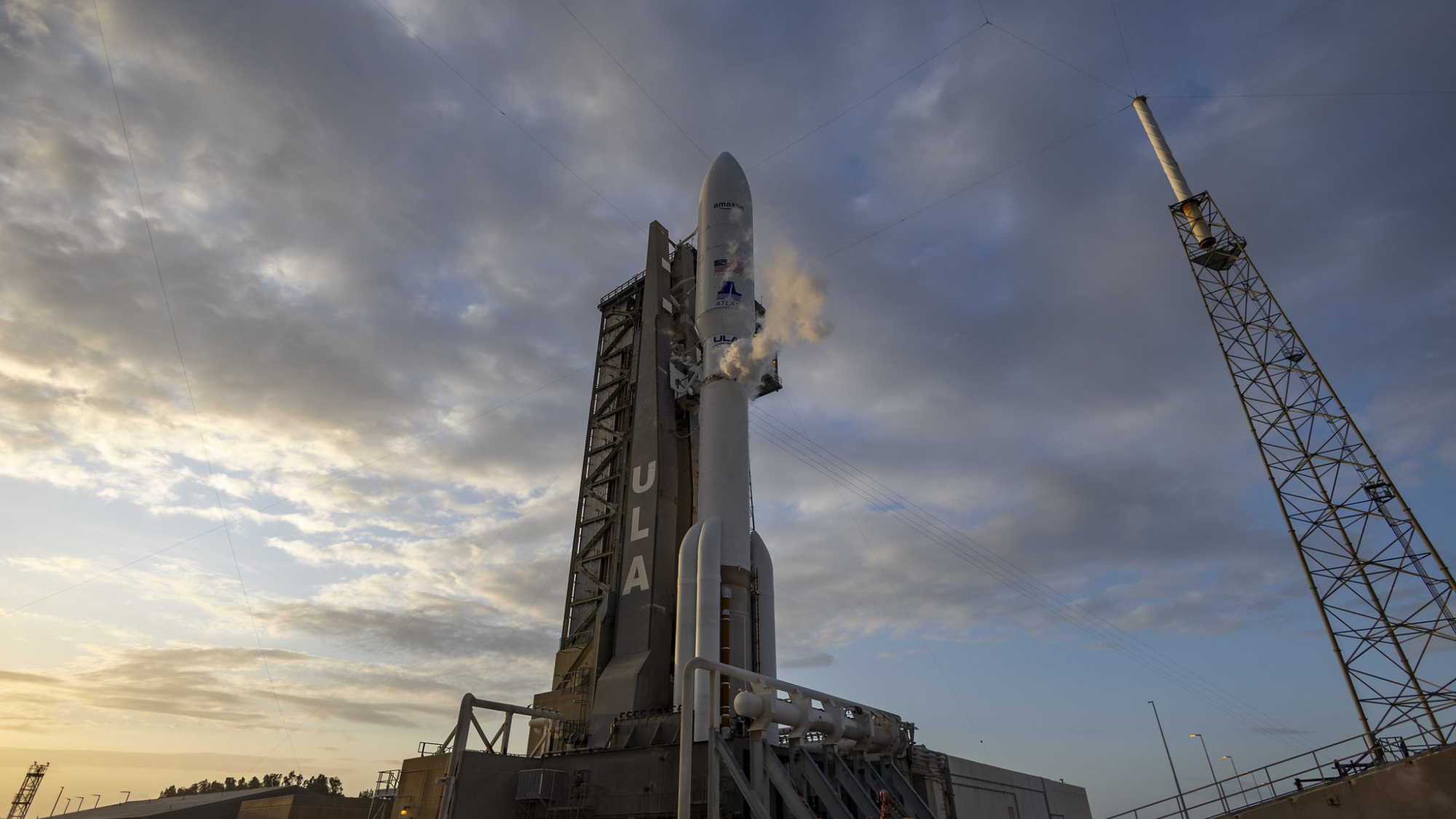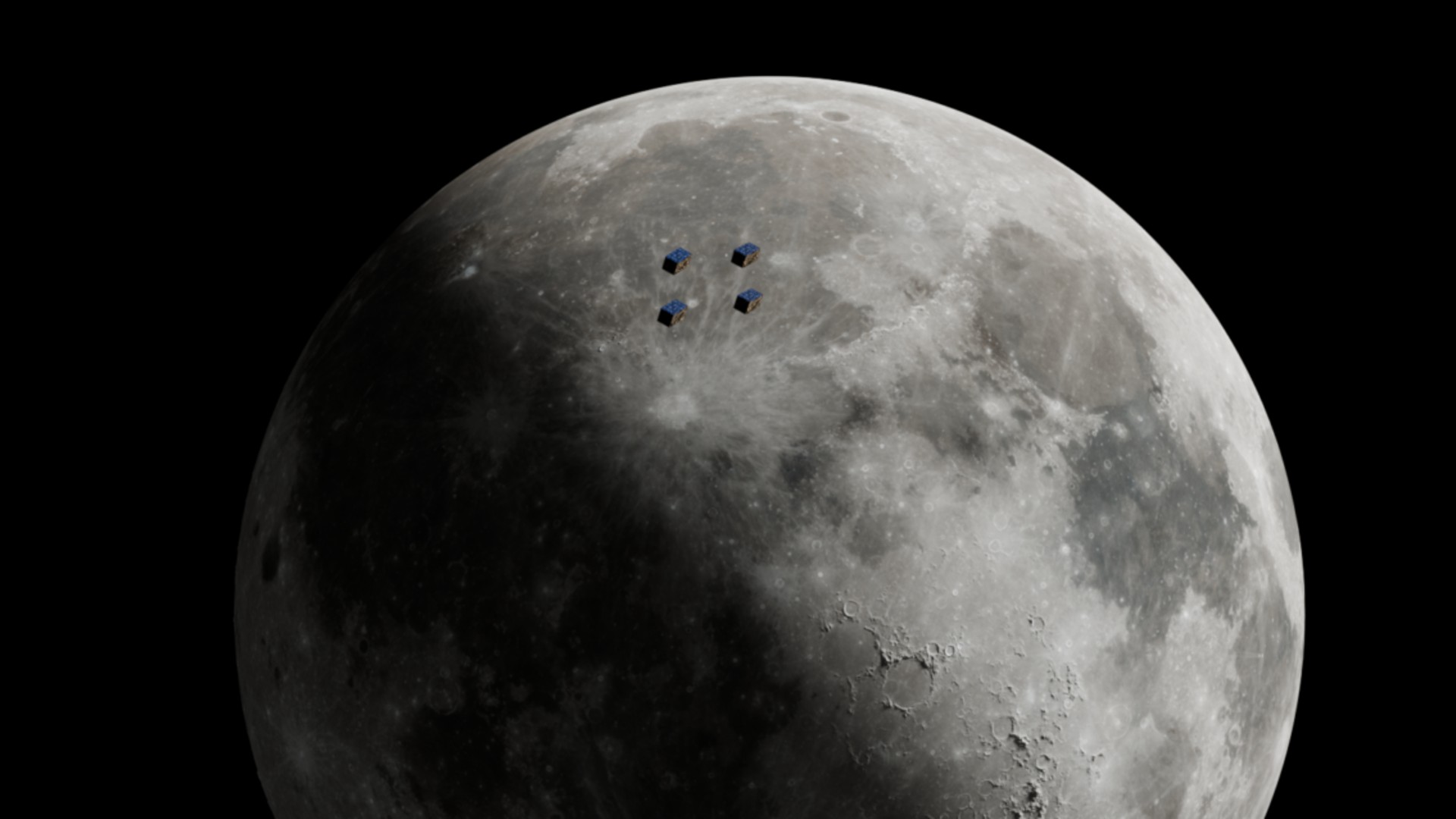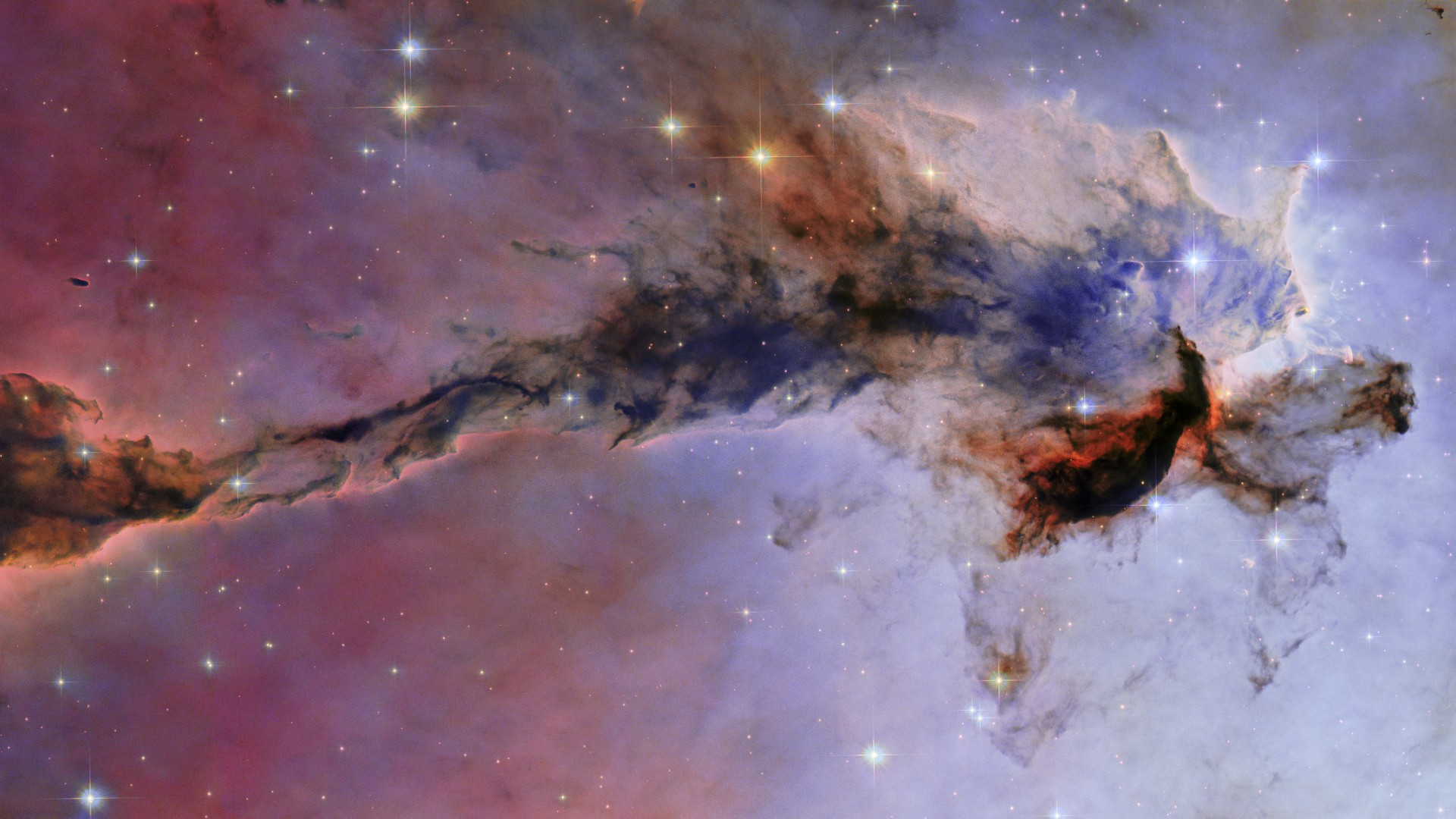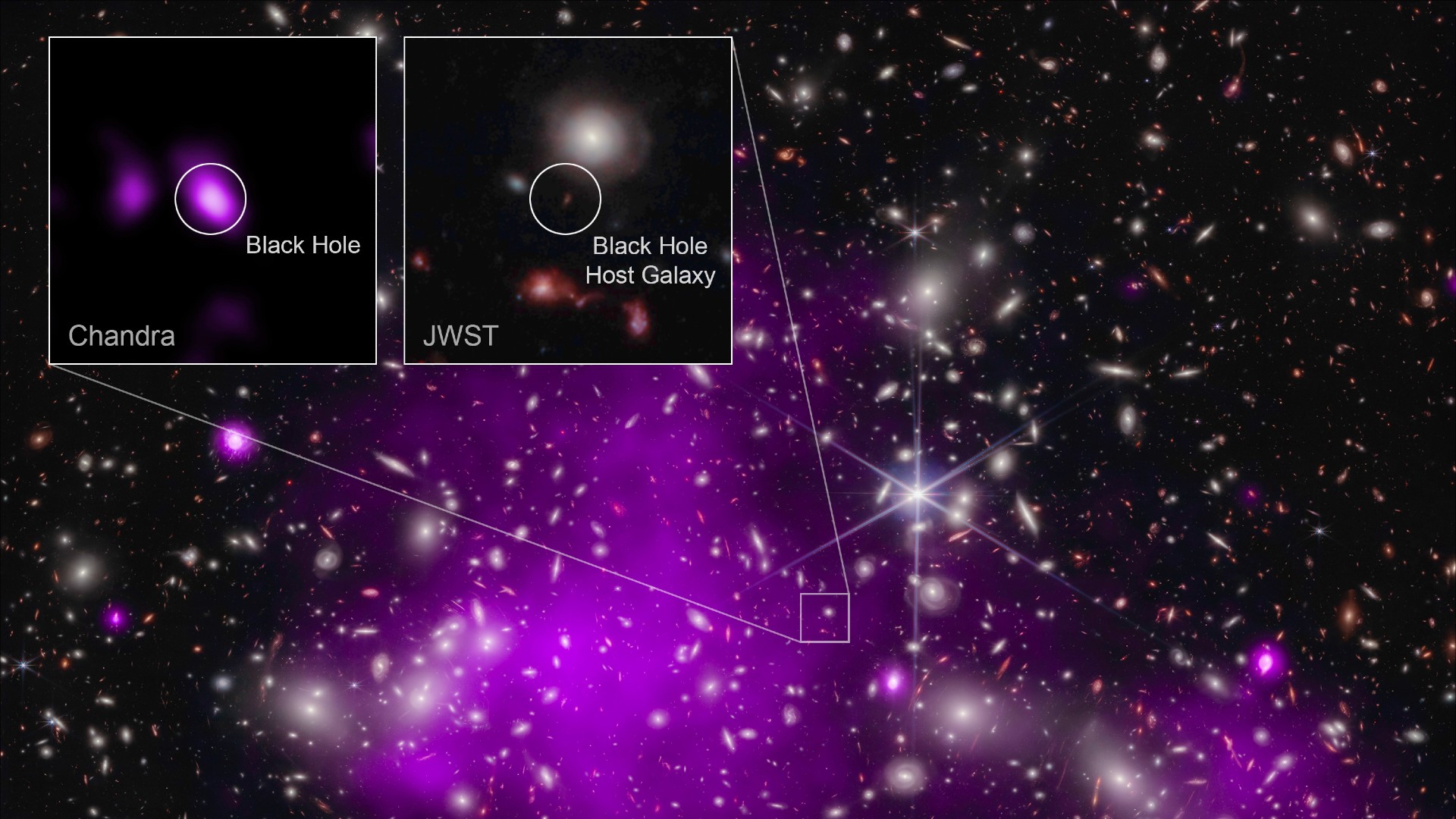Watch Purple Lasers Light Up NASA's Parker Solar Probe in Test
NASA's Parker Solar Probe — which will fly closer to the sun than any spacecraft in history — recently passed an important prelaunch test of its solar panels with flying colors. Well, one color, in particular: Researchers used purple lasers at NASA's Goddard Space Flight Center to examine the probe.
Coincidentally, the purple hue of the lasers recalls Pantone's 2018 Color of the Year, a regal hue dubbed Ultra Violet by the Pantone Color Institute. Aptly enough, the company's executive director, Leatrice Eiseman, said in a statement that the color "suggests the mysteries of the cosmos, the intrigue of what lies ahead and the discoveries beyond where we are now." [NASA's Parker Solar Probe Mission to the Sun (Infographic)]
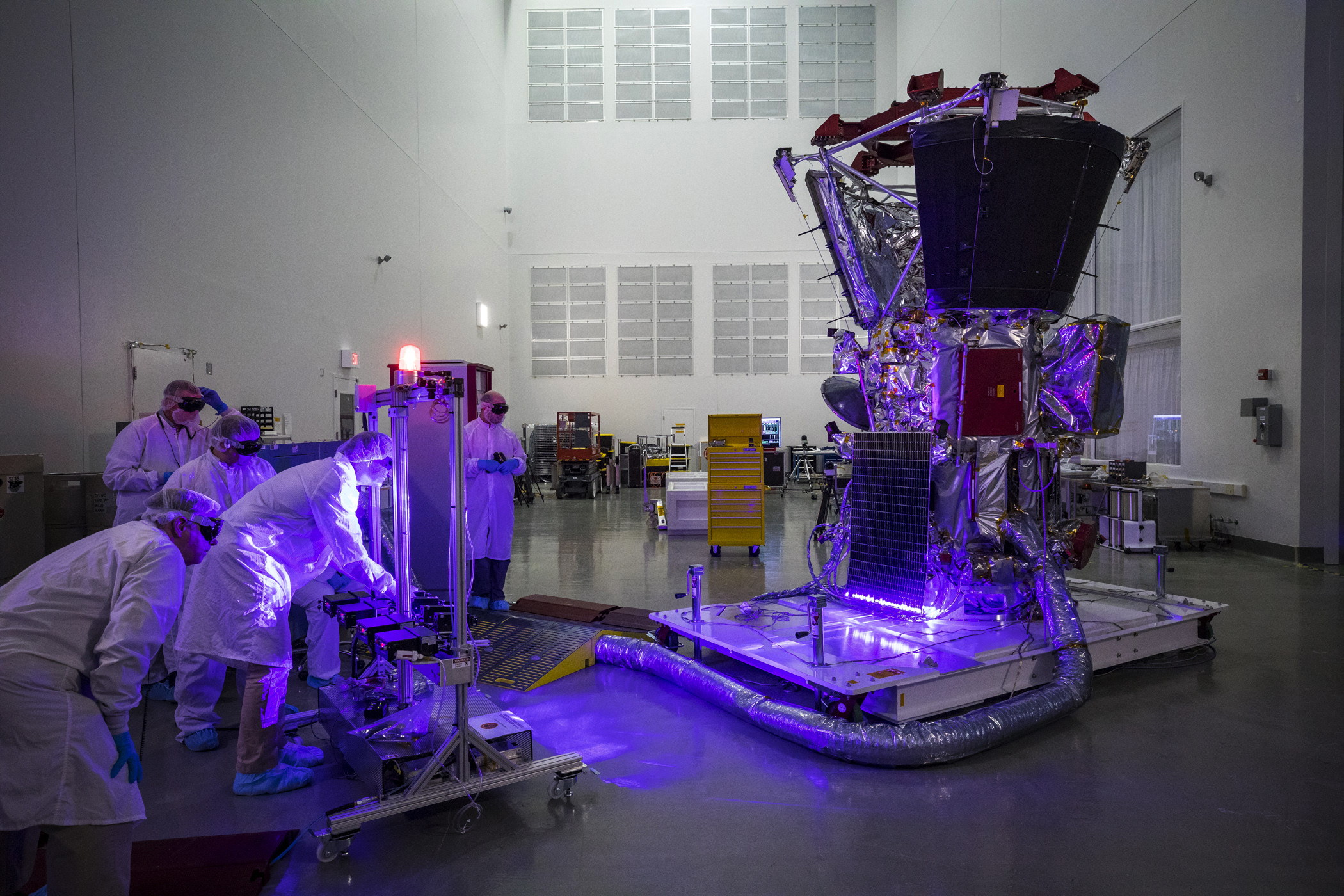
Aimed at the spacecraft's solar array, the purple lasers helped researchers verify that the 44 strings of solar cells on each panel are still electrically connected, following vibration and acoustic testing conducted earlier this fall, according to a statement from NASA. The vigorous noise and shaking helped simulate launch conditions that the probe will undergo when it takes off from Cape Canaveral Air Force Station in Florida on July 31, 2018.
The spacecraft will study the ejections of material and light that create "solar weather," and help scientists better understand some of the mysteries of our nearest star, such as why its atmosphere is hotter than its surface.
Critically, the panels will provide the power for the probe's sojourn in space. The laser testing was completed the week of Nov. 27, led by engineers at the Johns Hopkins Applied Physics Lab in Maryland, which is constructing the spacecraft and will operate it during its mission.
These tests use lasers because their tight beams allow the illumination of a single string of solar cells at a time, according to the statement. The color of a laser beam is determined by the wavelength of light that composes it. The engineers happened to have purple lasers readily available, and the solar cells operate efficiently at that wavelength, according to the statement.
The test also employed infrared lasers, which are invisible to the human eye.
Get the Space.com Newsletter
Breaking space news, the latest updates on rocket launches, skywatching events and more!
Follow us @Spacedotcom, Facebook and Google+. Original article on Space.com.
Join our Space Forums to keep talking space on the latest missions, night sky and more! And if you have a news tip, correction or comment, let us know at: community@space.com.

Jasmin Malik Chua is a fashion journalist whose work has been published in the New York Times, Vox, Nylon, The Daily Beast, The Business of Fashion, Vogue Business and Refinary29, among others. She has a bachelor's degree in animal biology from the National University of Singapore and a master of science in biomedical journalism from New York University.


